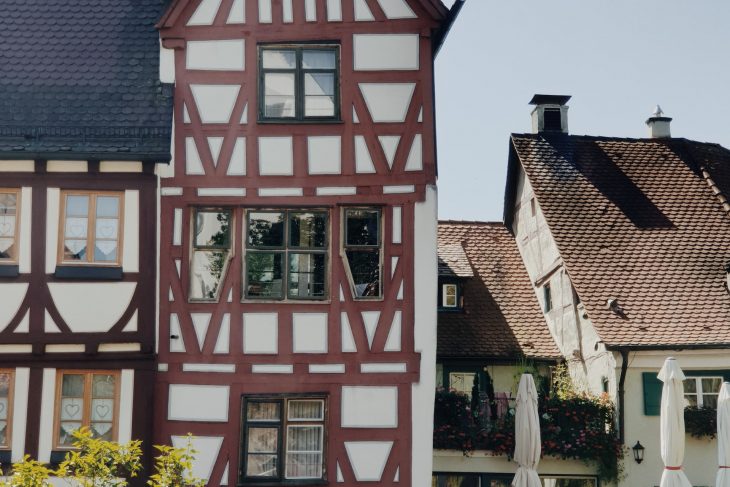
When it comes to Portuguese translation service, there are two main varieties that you need to be aware of: European Portuguese and Brazilian Portuguese. While both are technically correct, some key differences between the two can make a big impact on your audience.
Brazilian Portuguese is by far the most popular variety, used by over 200 million people across the globe. It has several features that set it apart from European Portuguese, such as different verb conjugations and vocabulary choices. As a result, it can be difficult to understand for speakers of European Portuguese.
The Differences Between European and Brazilian Portuguese
There are a few key differences between European and Brazilian Portuguese. Perhaps the most notable difference is in the pronunciation of certain words. In general, Brazilian Portuguese has a more sing-song quality to it, while European Portuguese sounds more clipped and staccato. This is due in part to the fact that Brazillian Portuguese uses more vowel sounds than European Portuguese.
Another key difference has to do with grammar. Brazilian Portuguese makes use of more verbal conjugations than European Portuguese. This can be a bit confusing for learners of the language, as there are more rules to memorize. However, it also allows for more flexibility and creativity in sentence construction.
Finally, there are differences in vocabulary usage between the two varieties of Portuguese. Brazilian Portuguese has been influenced by several other languages, including indigenous tongues and Dutch. As a result, several words are unique to Brazilian Portuguese. For learners of the language, this can be both a benefit and a challenge, as it offers a chance to learn new words, but also means that some words may be unfamiliar.
Despite these differences, both European and Brazilian Portuguese are mutually intelligible. This means that speakers of one variety can generally understand speakers of the other, albeit with a bit of effort. For learners of Portuguese, this is good news, as it means that once you have mastered one variety, it will be easier to understand the other.
Tips for Translating Between European and Brazilian Portuguese
When translating between European and Brazilian Portuguese, there are a few key things to keep in mind to ensure an accurate and successful translation. First, it is important to be aware of the different dialects of Portuguese spoken in each region. European Portuguese has two main dialects, Northeastern and Central, while Brazilian Portuguese has three main dialects, Northeastern, Southern, and Central. It is important to identify which dialect you will be translating for, as there can be significant differences between them.
Secondly, Portuguese has several words that are specific to either European or Brazilian Portuguese. For example, the word for “computer” is “computador” in European Portuguese and “computador” in Brazilian Portuguese, but the word for “keyboard” is “teclado” in European Portuguese and “teclado” in Brazilian Portuguese. It is important to be aware of these differences to avoid confusion or mistranslation.
Finally, it is also important to take into account the different cultural contexts of each region when translating between European and Brazilian Portuguese. There can be significant differences in the way that certain concepts are expressed in each culture. For example, timekeeping may be expressed differently in each culture, with Europeans often using a 24-hour clock and Brazilians using a 12-hour clock. It is important to be aware of these cultural differences to ensure an accurate and successful translation.
By following these tips, you can be sure to produce an accurate and successful translation when translating between European and Brazilian Portuguese.
Which Translation Would be More Correct: European or Brazilian Portuguese?
There is no definitive answer to this question as it depends on the context in which the translation will be used. If the translation is for a European audience, then European Portuguese would be more appropriate. However, if the translation is for a Brazilian audience, then Brazilian Portuguese would be more suitable. Ultimately, it is up to the translator to decide which version of Portuguese is more appropriate for the target audience.
Conclusion
In conclusion, there are a few key differences between European and Brazilian Portuguese. While both varieties are mutually intelligible, there are some notable differences in spelling, grammar, and vocabulary. When translating into either variety of Portuguese, it is important to keep these differences in mind to ensure an accurate and culturally appropriate translation.
Overall, Brazilian Portuguese is more phonetically simple than European Portuguese. This means that words are pronounced more regularly and there is less of a distinction between formal and informal registers. However, Brazilian Portuguese does have some unique features, such as the use of voseo, which is the use of the pronoun “vos” instead of “tu”.
When it comes to spelling, there are a few key differences between European and Brazilian Portuguese. One of the most notable differences is that Brazilian Portuguese uses accent marks to indicate vowel stress, while European Portuguese does not. Additionally, there are some different rules for vowels followed by “m” or “n” in each variety.
Finally, there are some vocabulary differences between European and Brazilian Portuguese. While both varieties share a large number of cognates, some words are unique to each variety. When translating into either variety of Portuguese, it is important to be aware of these differences to ensure an accurate and culturally appropriate translation.
Keep these key differences between European and Brazilian Portuguese in mind when translating into either variety. By taking into account the unique features of each variety, you can ensure an accurate and culturally appropriate translation.





